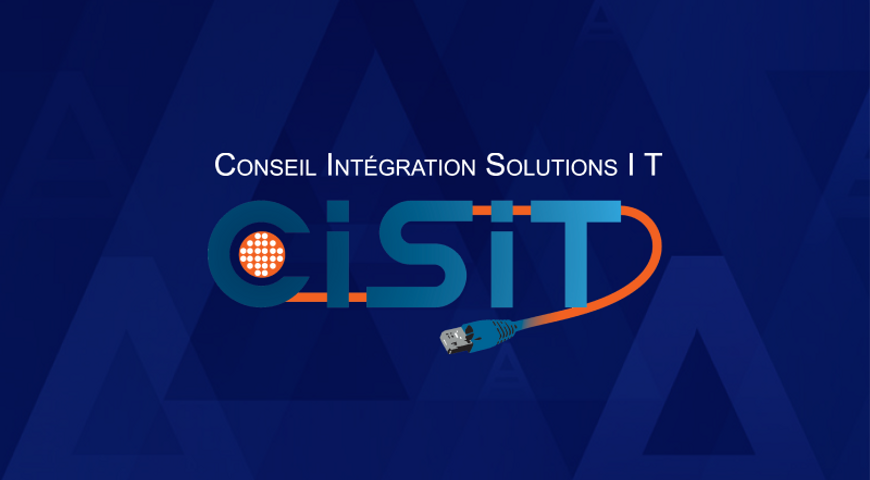With all the hype about private, public and hybrid clouds in business computing, the concept of multicloud for IT services often gets left behind. But this can change.
Multicloud architectures that utilize public, private and hybrid cloud services can be a smart investment strategy for many businesses, especially mid-market and enterprise-level organizations. With the strategic distribution of your cloud management tasks between multiple providers, multicloud adoption can help achieve greater efficiencies, take advantage of the economies of scale and establish the resilient performance of your virtual infrastructure.
This article lists the top 10 business benefits of the multicloud. It will help you understand the essentials of multi cloud applications so you too, can attain an optimal distribution of assets across your cloud-hosting environments. Let's take a look.
1. Ability to find the best-in-class multicloud providers
When incorporating multiple clouds into a company's IT strategy, administrators are able to line up their business requirements with the best cloud-hosting providers for each individual task. For example, you can select a cloud provider based on its high upload speed while another provider can guarantee more favorable service level agreement terms. By having multiple options, users can achieve a high level of agility and match each part of their business to a specific provider's setup and execution terms. Instead of bending your processes to accommodate a provider's requirements, you have the freedom to access multiple options, each offering the best match for different parts of your business.
2. Competitive pricing
As the number of multicloud providers grows, they form a competitive market that strives to offer optimal pricing for different resource capacities while remaining attractive to the majority of the cloud users. With this in mind, organizations can now enjoy the freedom of comparing different providers and securing the best available rates based on their specific IT needs. And since you are not limited to any single cloud provider's terms, you can select the best vendor based on its offerings such as payment flexibility, adjustable contracts, customizable capacity and other important elements.
3. Agility
Planning a multicloud strategy is not an easy task. Many traditional companies still struggle with legacy IT systems, on-premise structures and hardware suppliers. They are often limited in their ability to orchestrate multicloud operations on their own, therefore, seek out competent service providers who are expected to deliver the necessary expertise for adopting multicloud infrastructures. With the right expertise at hand, you will be able to achieve complete agility and workload mobility between heterogeneous cloud platforms, storage and hypervisors.
4. Bolstered resilience
A multicloud arrangement can also help protect a company's critical business applications and data by offering redundant backup and recovery capabilities that provide business continuity when an emergency strikes, whether caused by a failed disk, power outage or natural disaster. Adding a multicloud piece to your disaster recovery strategy provides a much-needed level of reliability and security by offering an ability to replicate your resources in a cloud region away from the disaster area.
5. Flexibility and scalability
With 90% of the world's data being created in the past two years alone, multicloud offers a perfect place to process and store information with proper automation and real-time syncs. Multicloud is a perfect solution not only for storage but also for scalability as it allows businesses to scale their storage up or down based on an ongoing demand. Ideally, multicloud providers work seamlessly together so organizations can invest in any level of space, security and protection based on the needs of each data segment.
6. Robust security
Since cloud providers are responsible for the security of their own infrastructures, they can ensure that your organization has all the capabilities necessary for protecting your data as well. Make sure you thoroughly understand how all entities in your cloud environment are compatible with the cloud applications at your disposal. The security of your network must be assessed on the regular basis as your infrastructure and software change over time.
7. Network performance improvements
Multicloud interconnection allows you to create a high-speed, low-latency infrastructure while reducing the cost of integrating clouds with your existing IT system. By enabling enterprises to extend their networks to multiple providers, a multicloud approach leverages proximity and uses fast, low-latency connections to significantly improve application response time while providing a better user experience. A highly optimized interconnection can only be achieved through faster, private links between multiple cloud service providers.
8. Enhanced risk management
Risk management is another great perk that comes with adopting a multi cloud strategy. If one vendor happens to have an infrastructure meltdown or an attack, a multicloud user can quickly switch to another cloud service provider or back up to a private cloud. Multicloud providers can mitigate risk by employing redundant, independent systems that offer robust authentication mechanisms, vulnerability testing and API assets consolidation. But ultimately, the only way to ensure a robust risk management system is to implement a multilayered security approach.
9. Avoiding vendor lock-in
Many companies are familiar with vendor lock-in from dealing with traditional enterprise companies like Oracle. When organizations enter into a relationship with a cloud service provider without carefully evaluating rules related to costs and add-ons first, they quickly realize that certain terms and conditions can't be changed. By carefully evaluating the expectations and potential pitfalls, and having a strong negotiating position which makes it easy to switch from one cloud provider to another, companies can harness the power of the cloud and get the most value out of their partnership with any cloud service provider.
10. Drives innovation
Through automating the multi cloud management process, companies can effectively coordinate disparate workloads, manage hybrid workflows and integrate the DevOps processes to drive innovation. Automation ensures efficient orchestration of data, applications and infrastructure across multiple cloud environments. It expands deployment capabilities by connecting applications and workflow processes to quickly deliver business services.
Conclusion
Developing a multicloud approach can be a huge benefit for many businesses that rely on the cloud for critical parts of their IT infrastructure. With new solutions around multicloud strategy coming up every day, companies have to be sure they are getting the best capabilities across storage, networking, security, application deployment and management platforms. One such platform is Acronis Cloud Manager It standardizes hybrid cloud lifecycle operations across your organization, so you can get more work done in less time.
About Acronis
A Swiss company founded in Singapore in 2003, Acronis has 15 offices worldwide and employees in 50+ countries. Acronis Cyber Protect Cloud is available in 26 languages in 150 countries and is used by over 21,000 service providers to protect over 750,000 businesses.



